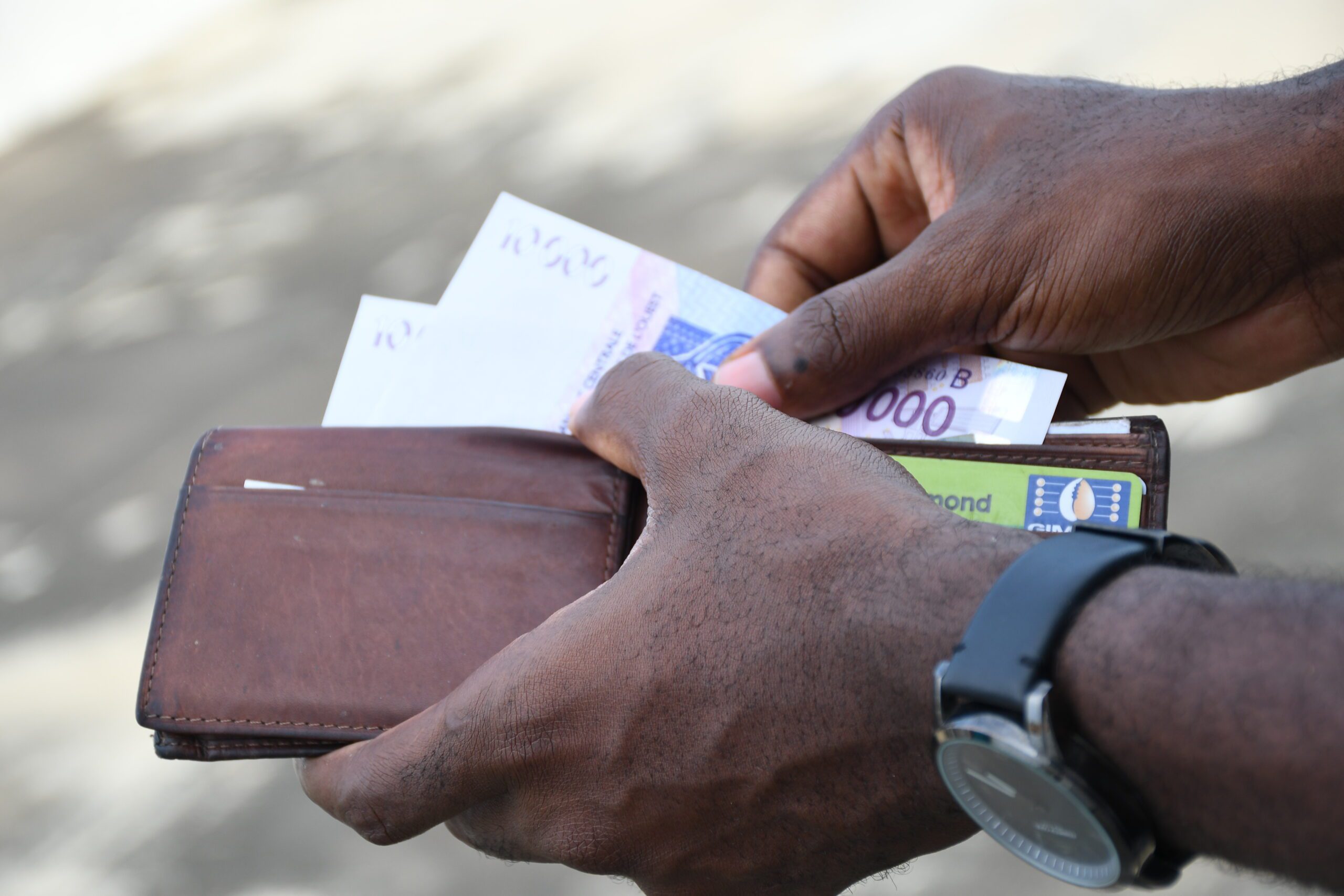Africa boasts immense economic potential, yet this potential has long been constrained by trade and payment barriers. According to the African Development Bank (AfDB), nearly half of intra-African trade settlements rely on foreign banks and the US dollar, highlighting the challenge at hand. In response, the African Union (AU) collaborated to pioneer innovative payment systems exemplified by the Pan-African Payment and Settlement System (PAPSS). While eCommerce platforms are also contributing to overcoming trade and payment barriers, their impact, while substantial, is not sufficient. To truly ignite intra-African trade, the adoption of innovative payment solutions has to parallel the implementation of the African Continental Free Trade Area (AfCFTA).
In January 2022, the launch of PAPSS by the African Export-Import Bank (AfreximBank) and the AU marked a significant step towards facilitating cross-border payments across the continent. PAPSS allows businesses and individuals to make payments in local currencies, reducing the reliance on external currencies like the US dollar and minimising transaction costs.
However, only nine African countries and approximately 40 commercial banks have joined the payment infrastructure. This limited participation highlights a significant challenge that could hinder the full realisation of PAPSS’s potential and the broader goal of boosting intra-African trade.
Recall that a few years after AfCFTA was established, its scope was expanded to include e-commerce and other forms of digital trade. This is in recognition of the increasing importance of digital trade in Africa. Nations such as Nigeria, South Africa, Kenya, Morocco, and Egypt have experienced a boom in eCommerce platforms and innovative payment solutions. These countries serve as regional eCommerce hubs, boasting a combined estimated revenue surpassing $10 billion in 2022. However, despite the rapid growth, Africa’s online shopping rates still lag behind the global average, even in its leading markets.
It is noteworthy that intra-African trade increased from 13 percent to 20 percent in 2022 after AfCFTA operationalisation. But, it remains relatively low compared to other regions. Hence, there is a pressing need for greater participation in PAPSS. While the initiative is promising, its impact can only be fully realised when more African countries and financial institutions join the network.
The AU, AfreximBank, and other stakeholders need to actively promote and incentivize participation to create a more robust and interconnected payment ecosystem. If African countries cannot operationalise a single currency for trading like the European Union’s (EU) Euro, then it is pertinent to have an omniscient payment infrastructure that reduces reliance on external currencies and minimises transaction cost.
Stakeholders must invest in physical infrastructures, improving road and rail networks, increasing the number of ports and airports to reduce transit times for the delivery of goods within Africa.
AfCFTA’s Secretary-General, Wamkele Mene revealed that currency convertibility costs Africa as much as $5 billion annually. This could have been avoided through regulatory harmonisation. This involves aligning laws, regulations, and standards across African countries to create a consistent and conducive business environment. Inconsistent regulations across African countries impedes the seamless operation of innovative payment systems and eCommerce platforms.
The General Data Protection Regulation (GDPR) of the EU serves as an example of harmonised regulations. Though, the AU Convention on Cyber Security and Personal Data Protection has been ratified but yet to be institutionalised in member states. With the booming fintech sector in Africa, nations also need to tackle interoperability between payment systems. This will ensure that mobile money platforms can seamlessly transact with each other to promote greater financial inclusion and ease of cross-border payments.
While the establishment of the AU Trade Observatory portal to monitor and harmonise customs procedures and reduce non-tariff barriers to trade is commendable. Still, the AfCFTA has to work with member states to harmonise regulations related to digital payments, cybersecurity, and data protection to create a conducive environment for cross-border trade and payments.
Let us not forget that infrastructure development is key. Expanding digital infrastructure, including internet access and reliable electricity, is crucial to ensure that remote and underserved areas can participate in eCommerce and utilise innovative payment systems effectively. Investment in infrastructure will extend the reach of these technologies and foster economic inclusion. Stakeholders must invest in physical infrastructures, improving road and rail networks, increasing the number of ports and airports to reduce transit times for the delivery of goods within Africa.
More importantly, education and awareness are vital components of the solution. African governments and organisations must invest in programs that boost digital literacy and financial education among citizens. Fostering understanding of these systems and their advantages can drive broader adoption, particularly among African small businesses and individuals. This is of utmost importance, as small and medium-sized enterprises (SMEs) constitute about 90 percent of all private businesses in Africa, generate roughly 85 percent of employment, and contribute approximately 35 percent to the continent’s GDP.
The integration of PAPSS and other innovative payment systems can improve intra-African trade and financing. As African nations reduce their dependence on external payments and financiers, they gain greater control over their financial destinies, ultimately paving the way for a more economically sustainable future.
Mohammed is a master’s student at the University of East Anglia, and a Free Trade Fellow at Ominira Initiative.
Article first appeared on Business Day.
Photo by Tyck via Iwaria.

